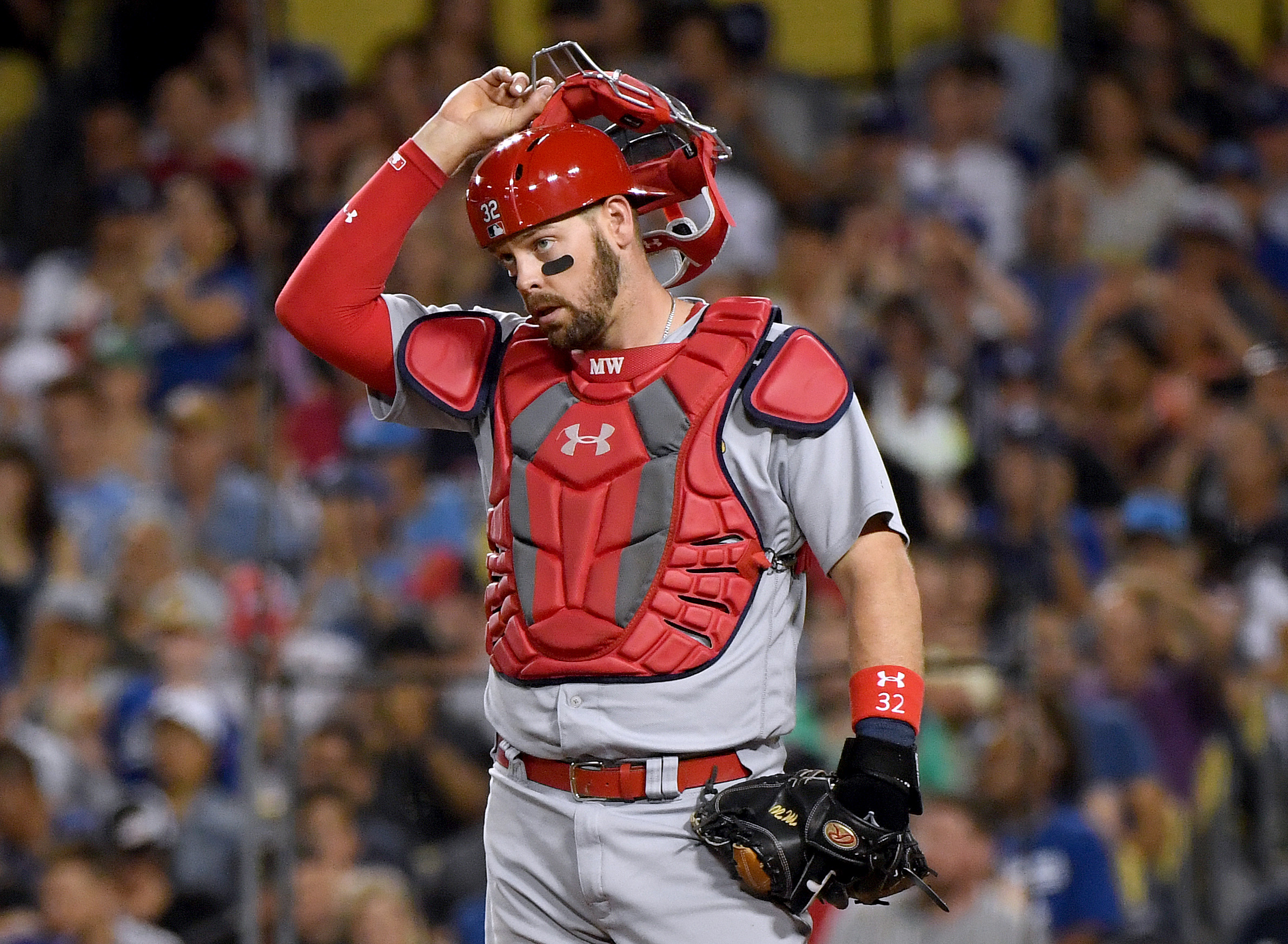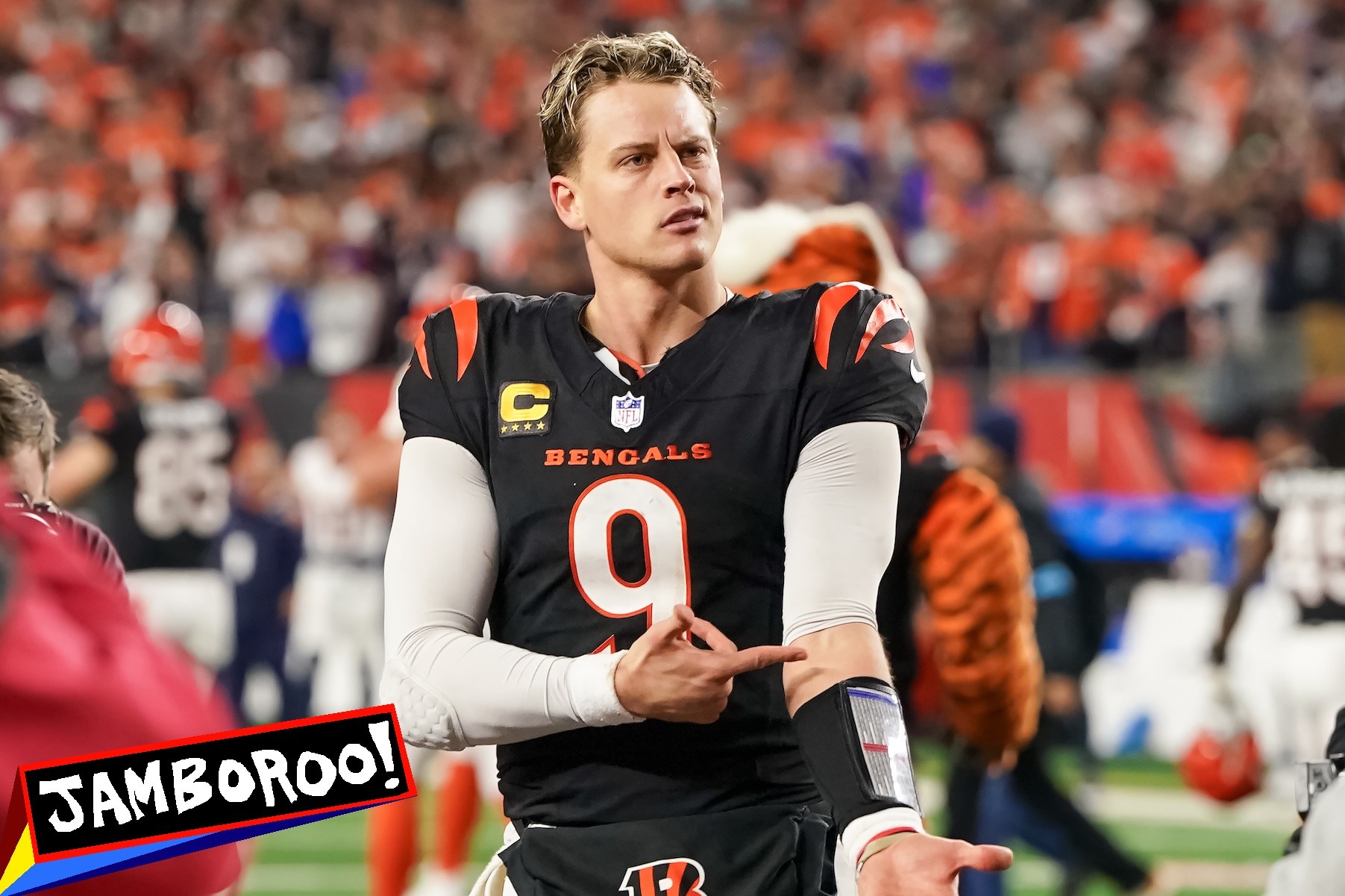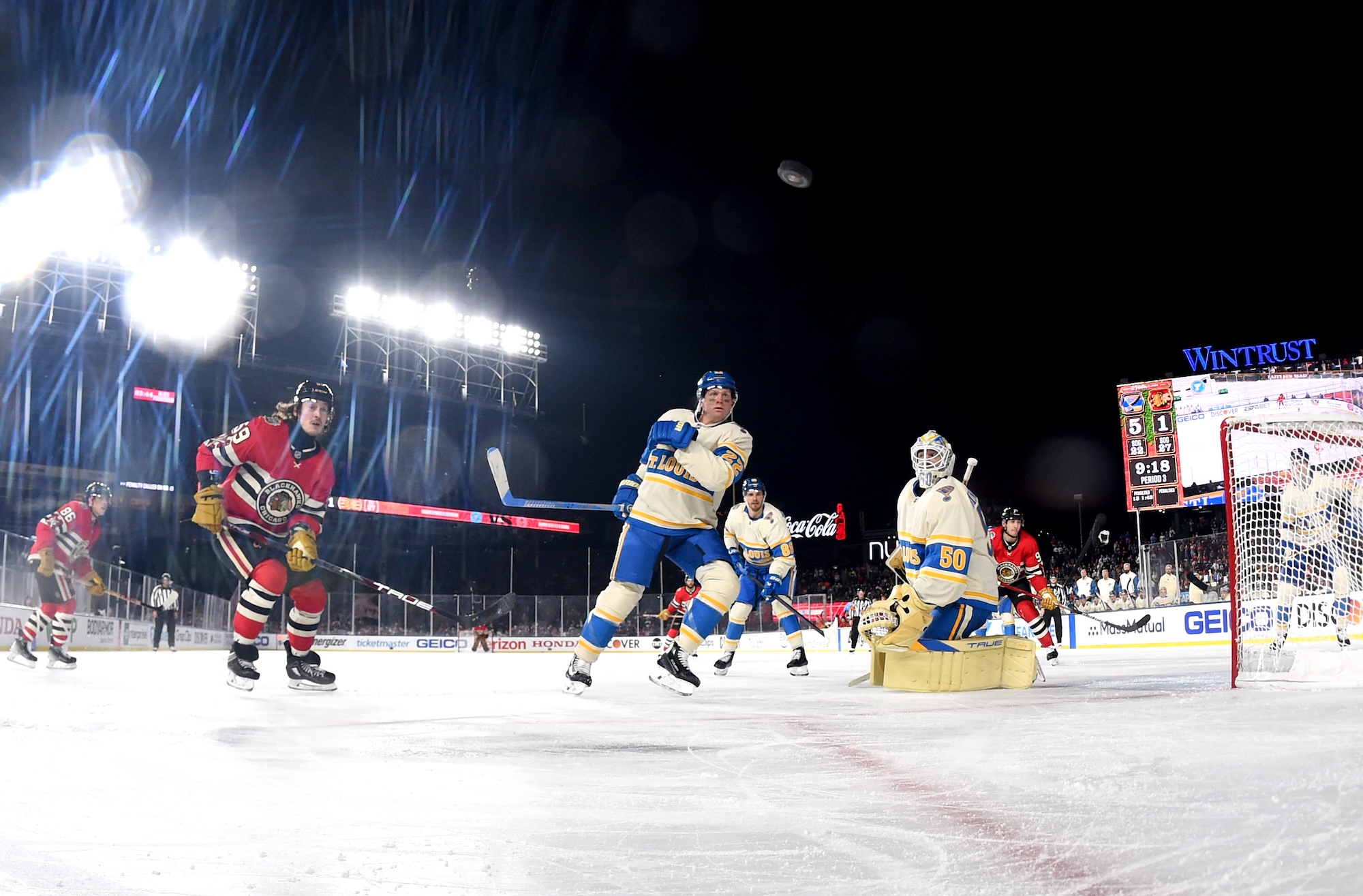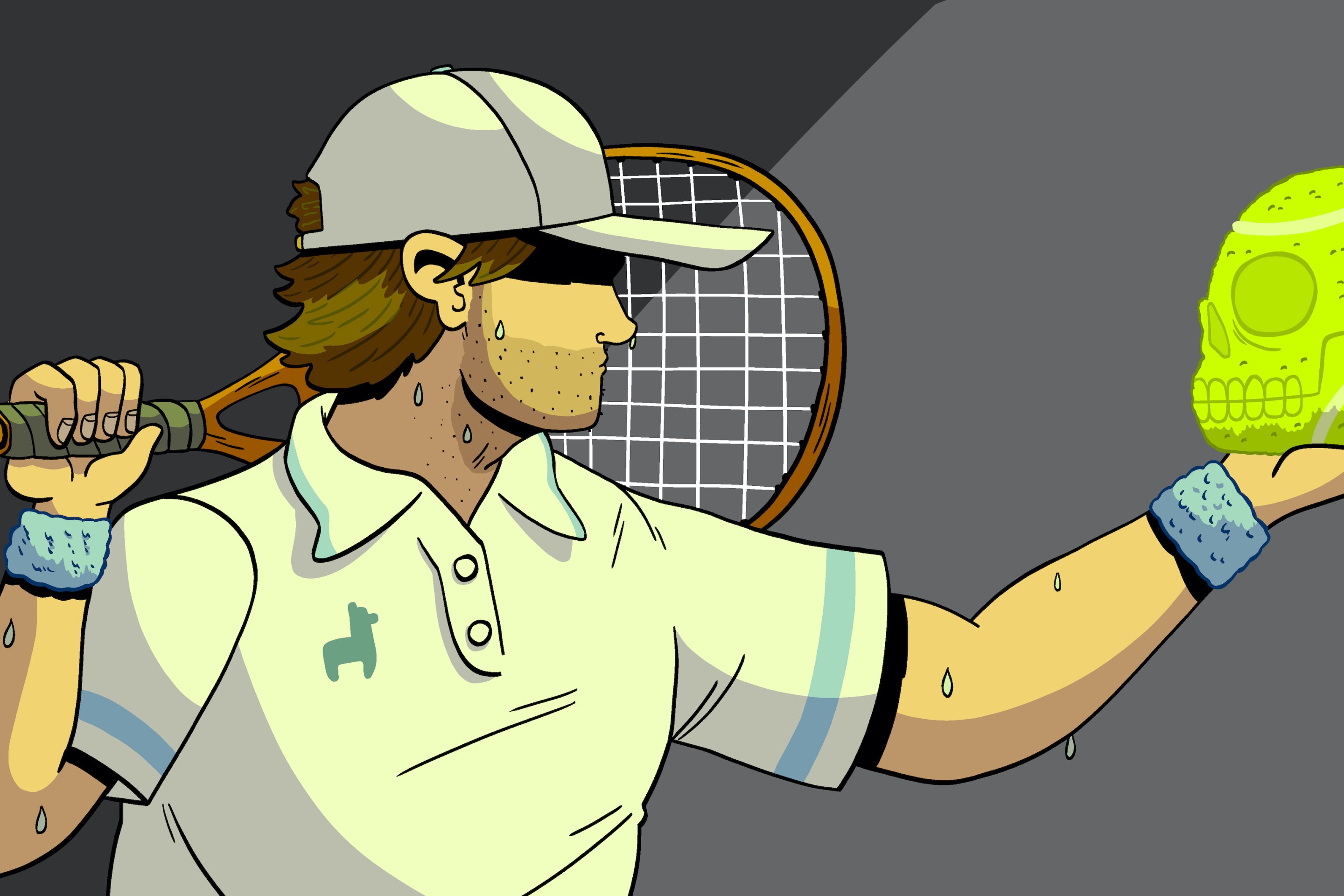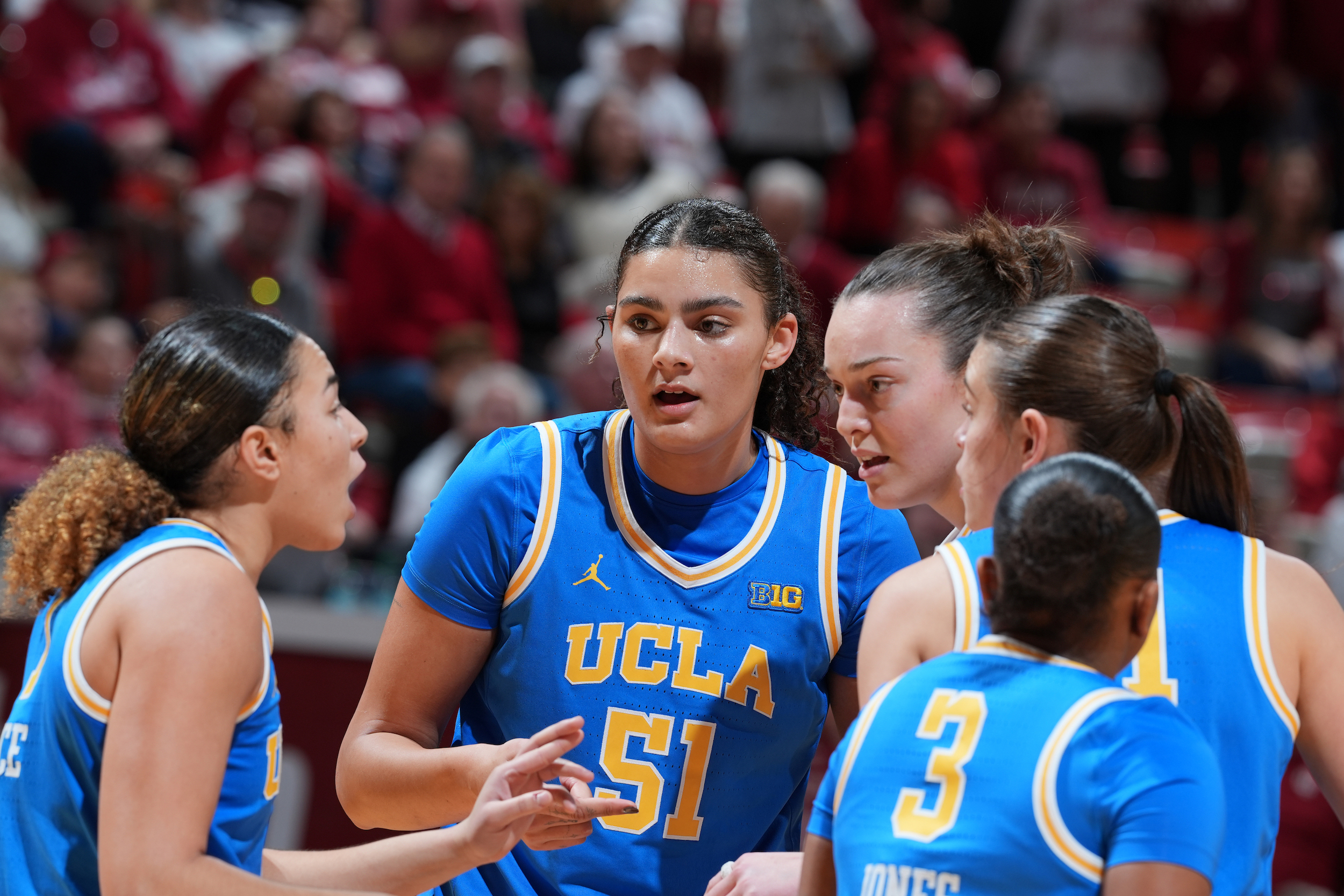It is the rare baseball roster that works even passably well as a text. It's not what they're for, and at some point there is only so much that a list of names and positions and birthplaces and birthdates can really do, even given how many of today's American-born baseball players are born in aspirational Sun Belt suburbs with names like Peach Knob or Port Affluence or Handgun Estates.
The quadrennial rosters that USA Baseball rolls out for the Olympics, on the other hand, are a reliably thrilling exception to this rule. Because of how the schedules of the Summer Olympics and its qualifying events align with the big league season, those Team USA rosters are built from players not currently on MLB teams' 26-man active rosters. That basic logistical necessity means that these rosters feature young players who are too far from the Majors for their parent clubs to miss them much in the short term and older Guys and demi-guys whose current roles are marginal enough that their absence won't really matter at all. This does nothing to take away from the experience of reading through the 28-man masterpiece that the organization announced on Sunday.
Our Training Camp Roster is set. Prep for next week’s @WBSC Americas Olympic Qualifier starts NOW 😤#ForGlory🇺🇸 | #RoadToTokyo | 🔗 https://t.co/qezSNZ8kQ4 pic.twitter.com/EUzq8HEKem
— USA Baseball (@USABaseball) May 23, 2021
This roster, which is for the Americas Olympic Qualifier that begins on May 31, can only include players not on MLB teams' more expansive 40-man rosters. At least two players will be removed from this roster by the time that tournament begins, and longtime big leaguer and current Orix Buffalo Adam Jones will almost certainly be added to the final roster when NPB pauses for the Tokyo Games and he's free to join the team. Jarren Duran, who should arguably be playing centerfield for the Red Sox as you read this, may well be doing so by the time high summer comes around. How it might shake out is all very interesting, and all something to think about during the Olympics, if at all. It is also not our concern here.
This isn't a team yet, and as such we can just read this roster as a text. There is a lot there to find. As with past U.S. Olympic rosters, there is a heady mixture of extremely promising young players—Matthew Liberatore is a consensus top-50 prospect and has already been traded for Randy Arozarena, for instance—and extremely recognizable ex-MLB types who would otherwise be holding open workouts for a bunch of grumbling scouts on a small college's baseball field. David Robertson missed nearly two whole seasons with injury after signing a $23 million deal with the Phillies; he and Homer Bailey and Edwin Jackson all went unsigned after working out for big league teams during the offseason and pitching for many of them for the last decade and change. Matt Kemp made his last All-Star team in 2018 and was around league average with the Rockies just last year, but was also unemployed as the season began. Matt Wieters, once a god and more recently a backup, was in a similar boat. The prestige steps down gradually from there. Jon Jay, who was up with the Angels earlier this month, left the team's Triple-A club to join the roster. Anthony Gose, once a vaunted outfield prospect and is now a minor league reliever, is there on loan from the Cleveland's minor league system. He's still just 30.
Leaving aside how competitive this team may or may not be in its qualifying tournament or, if things work out, in the Olympics, there is something ecstatically janky about it at this moment. Again, this is right there in the text of Team USA's announcement, which somehow managed to spell Marc Rzepczynski's 80-grade surname correctly while duffing his comparative layup of a first name. Given that Rzepczynski hasn't gotten a big league out since 2018, it's an understandable blooper; "Marc our words," the USA Baseball account later posted, "we won't mess up again."
"We have some salty veterans," a typically ebullient Todd Frazier told MLB Network on Monday afternoon, from the team's training facility in Florida. "I've been down here for a week, me, Matt Wieters, and Matt Kemp, and we've just been chattering about playing baseball, this and that, how the game's changed a little bit." The interview ended early when Frazier's Zoom connection began glitching into incomprehensibility. It was a little on the nose, but there was already something overdetermined in the roster as it exists. All the ragtag underdoggery and quirk that would honestly scan as A Bit Much in a screenplay treatment—Eddy Alvarez, for example, has already won an Olympic medal in speed skating—is impossible to deny here. It's all real. This is the actual team.
At some point, that team will start playing baseball games, at which point they will become whatever their record says they are, just as surely if a little less urgently than every other baseball team. Until then, though, they are the inheritors of one of baseball's last purely weird spaces, and the latest in a long line of Team USA rosters that will seem almost dreamlike not just in retrospect, but also from one baseball moment to the next. The team that won Olympic Gold in 2000, for instance, featured Roy Oswalt and Ben Sheets just before they'd become big league aces, and future surly bullpen yeti Jon Rauch at a moment when he was considered a better prospect than either; the last cut from that roster was CC Sabathia, whom Cleveland GM John Hart did not want used as a reliever. All these future aces pitched primarily to 37-year old catcher Pat Borders, who had been a World Series MVP eight years earlier. Mike Neill, who got some of the team's biggest hits and made some crucial defensive plays for that team, had taken his first and final 15 MLB at-bats with Oakland two years earlier.
That team, like this roster, is really some grandiose confluence of the game's future and its past. Institutional baseball doesn't quite care enough about anyone involved for it to qualify as that, and so it's more accurately a collaboration between some of the players in the game's vast and vital middle. That middle is shrinking, as it is everywhere else; it is the nature of baseball's harsh and ongoing revolution in efficiency and optimization that nearly everyone in the sport currently exists somewhere on the margin, from former All-Stars hunting for work in late May to players young enough that their big league clubs haven't even begun strong-arming them in earnest yet.
Some of the players on this roster are moving up and many are moving out, albeit at varying speeds. All are doing their best to hold fast to whatever tenuous purchase they've got. It's the nature of the game that they all compete against each other for a living, but what I like best about the roster is how decontextualized it is from all that. The beauty of the roster is abstract, but easy to see in context. This is what makes it a text, even before it becomes a team. It's the idea of this strange oblong bigger thing made of variously valuable components that were all deemed, for various reasons and in this particular moment, surplus to requirements. Those parts are now this whole, and that whole will be whatever they can make of it. How could you do anything but wish them luck?
